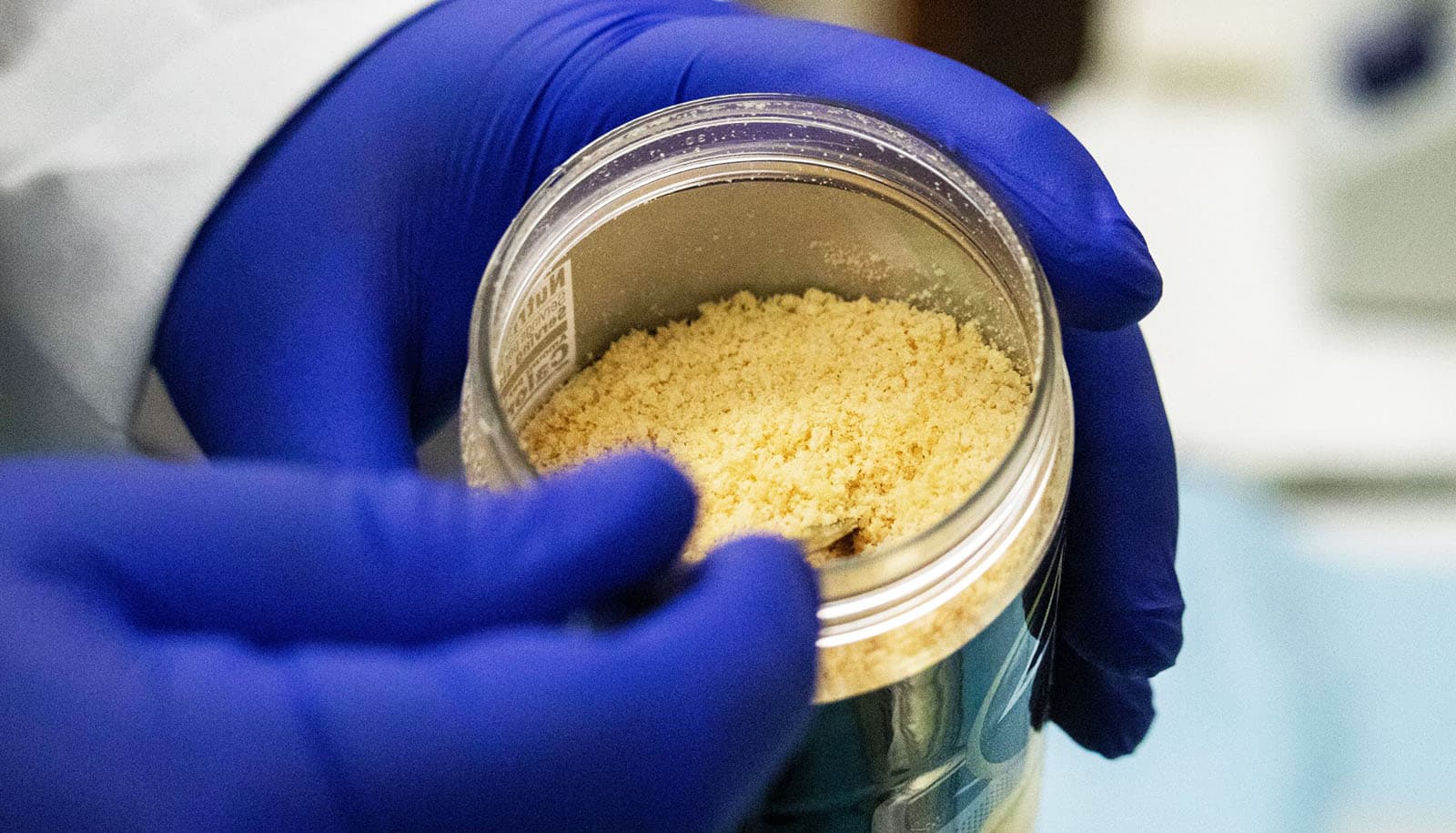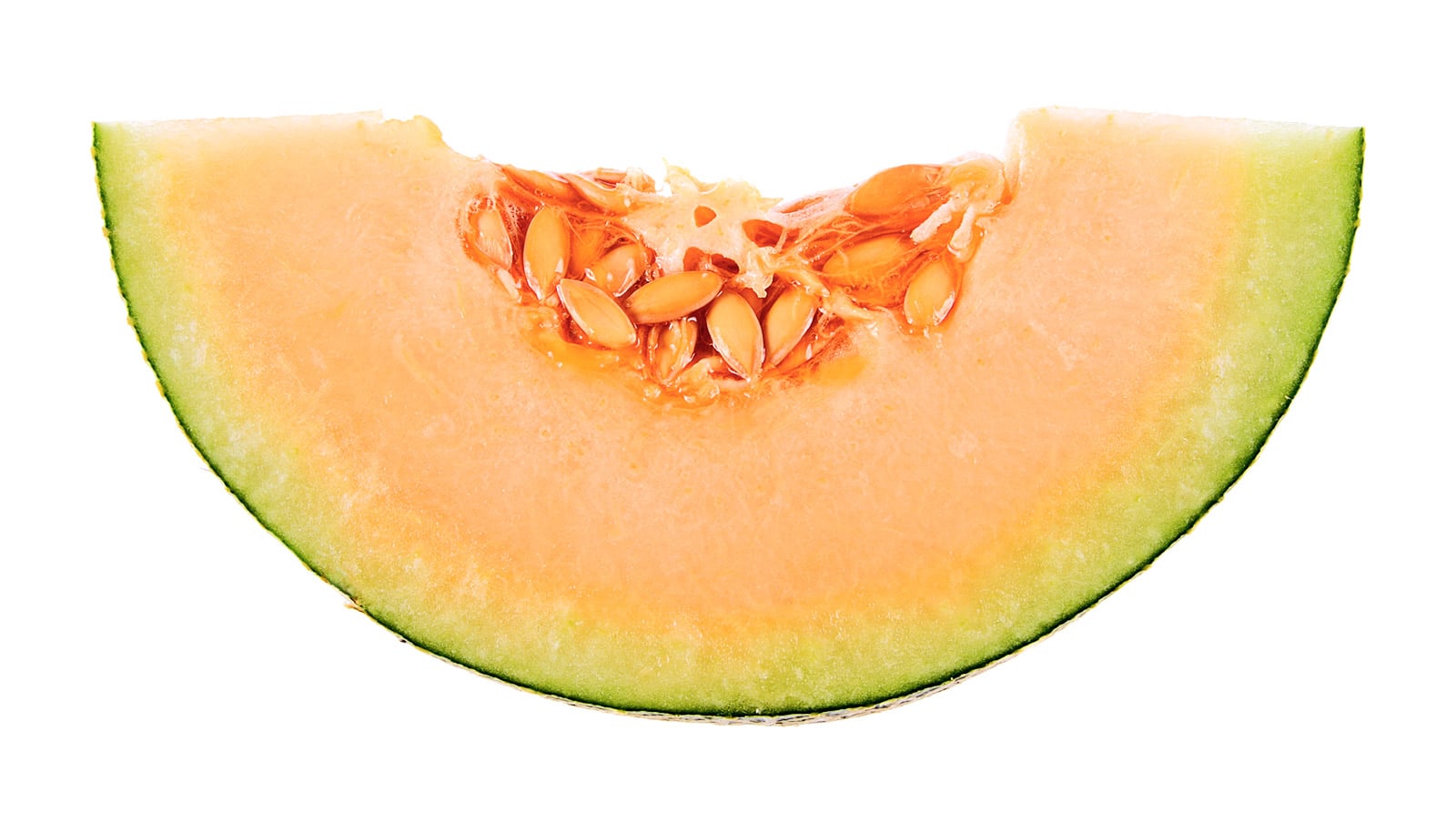A new method uses nuclear magnetic resonance (NMR) spectroscopy to detect food adulteration, specifically whether fillers like vegetable oil have been added to food products.
The scientists were motivated by a need to help regulatory agencies like the US Food and Drug Administration (FDA) with detection of adulterated food products that are products in which certain ingredients are missing or replaced.
“Food adulteration leads to a product that is cheaper to produce but is sold as the original product,” says scientist Colleen Ray of the University of Missouri department of chemistry. “This results in consumers buying a product that is not what they expected and is often inferior to the unadulterated version. Therefore, we wanted to explore the authenticity of these products.”
Ray compares the use of NMR spectroscopy with MRI.
“When medical professionals use an MRI to gauge the severity of a torn ligament or to follow a cancerous tumor, they are just using NMR spectroscopy,” she says. “The main difference is that they create pictures from the data, and we use the data to figure out the structure of molecules.”
NMR spectroscopy uses a magnet and radio waves to determine the content and purity of different substances and has been used before with other food products like honey, olive oil, and wine, says C. Michael Greenlief, director of the University of Missouri Proteomics Center and Nuclear Magnetic Resonance Facility and corresponding author of the study.
“The analysis of food products with NMR spectroscopy is a powerful tool for the detection of adulteration,” says Greenlief, a professor of chemistry. “It is ideal for analyses of this type due to a high sample throughout, the ability to discriminate based on structural differences of metabolites with similar masses, and the ability to examine samples in either their native state or with little sample preparation.”
In the study, the scientists created and tested a method to identify vegetable oil adulterants in hard cheese products. They discovered 29% of 52 samples of various non-refrigerated grated parmesan cheese were adulterated with palm oil, a type of vegetable oil. They also note the labels of the adulterated samples did not declare palm oil as an ingredient on their labels.
“Genuine cheeses were found to have a very consistent lipid profile from sample to sample, improving the power of this approach to detect vegetable oil adulteration,” Ray says. “Palm oil itself is a clever adulterant owing to its semi-solid state at room temperature, similar color to cheese, and low price compared to cheese. However, this study is strictly limited to the lipid profile of these products, and no attempts were made to quantify any fillers aside from palm oil.”
The FDA characterizes intentional food adulteration done for financial reasons as “economically motivated adulteration” or “food fraud.” A scientist at the FDA has also expressed interest in learning more about the team’s process to help detect adulteration in food products.
The work appears in the journal Molecules. Other coauthors are from the University of Missouri and Sweetwater Science Laboratories.
Source: University of Missouri


